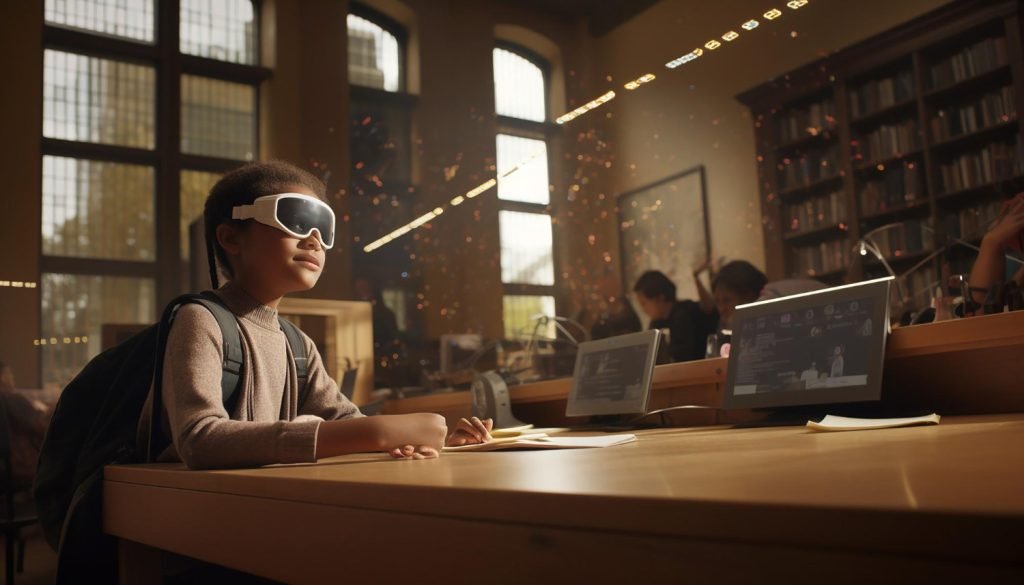Virtual Classrooms: The Future of Education
Virtual classrooms have emerged as a defining feature of modern education, reshaping traditional learning paradigms. With the rapid advancement of technology, educators and students are embracing this innovative approach to teaching and learning.
In today’s digital age, virtual classrooms offer numerous advantages over traditional brick-and-mortar settings. They provide greater flexibility and accessibility, allowing students to participate in classes from anywhere in the world. This flexibility is particularly beneficial for individuals with busy schedules or those unable to attend physical classes due to geographical constraints or other commitments.
Moreover, virtual classrooms foster a collaborative and interactive learning environment. Through video conferencing, online discussions, and interactive multimedia tools, students can engage with course material dynamically, enhancing their comprehension and retention of information. Additionally, virtual classrooms promote inclusivity by accommodating diverse learning styles and catering to individual needs.
The COVID-19 pandemic further accelerated the adoption of virtual classrooms, highlighting their importance in ensuring continuity of education during crises. As schools and universities transitioned to remote learning, educators embraced digital platforms to deliver lessons and engage with students remotely. While initially necessitated by external circumstances, many institutions have recognised virtual classrooms’ long-term benefits and are integrating them into their educational strategies.
Looking ahead, the future of education is undeniably intertwined with virtual classrooms. As technology evolves, we expect to see further innovations in online learning platforms, enhanced virtual reality experiences, and personalized learning solutions tailored to individual students’ needs. With the potential to democratize education and bridge gaps in access, virtual classrooms represent a promising path forward in the quest for quality education for all.
In conclusion, virtual classrooms are revolutionizing the educational landscape, offering unprecedented opportunities for learning and growth. As we embrace the digital age, educators and learners must adapt to this evolving paradigm to unlock the full potential of virtual education.
Read Also:














